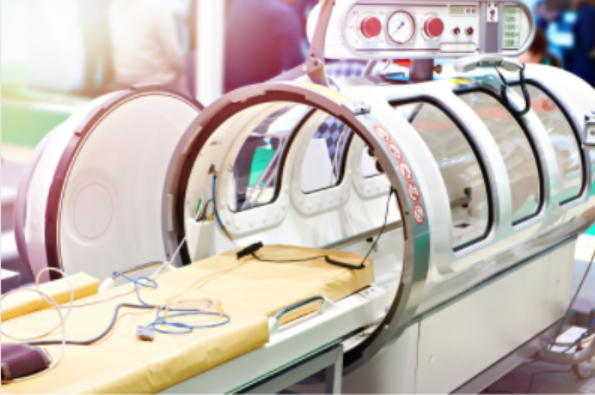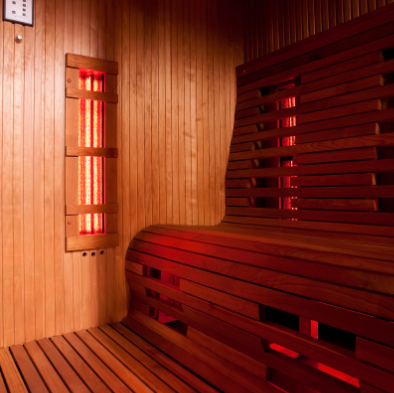Active recovery strategies are a hot topic these days. They are being shared all over social media as great ways to get better and faster results in the gym. There are even stand-alone businesses dedicated solely to recovery modalities, similar to a gym membership. It is awesome that recovery is becoming a staple puzzle piece in people's lives. Now, you just need to know what each is and which you need for you and your journey!
Today, we will cover four primary therapies:
Cryotherapy
Hyperbaric Oxygen Therapy
Compression Therapy
Infrared Sauna Therapy
Cryotherapy:
“Cryotherapy, or cryogenic therapy, is any form of treatment using freezing or near-freezing temperatures. Small-scale cryotherapy can include ice bath immersion or cryotherapy facials. Advocates for cryotherapy cite a variety of health benefits, many relying on claims of reduced inflammation. Scientific studies that demonstrate actual effectiveness are sparse as testing is still in the early stages and almost all benefits are currently theoretical. Pain relief and muscle recovery are the primary reasons people try cryotherapy, since WBC could potentially be a quicker solution to problems solved by ice packs or ice baths.” – Integris
Although studies are still coming in on the efficacy of multiple treatments for cryotherapy, it seems that one big takeaway currently is similar to the application of ice, in that it helps to reduce pain in the joints and muscles.
Hyperbaric Oxygen Therapy:
“Hyperbaric oxygen therapy involves breathing pure oxygen in a pressurized environment. In a hyperbaric oxygen therapy chamber, the air pressure is increased two to three times higher than normal air pressure. Under these conditions, your lungs can gather much more oxygen than would be possible breathing pure oxygen at normal air pressure. When your blood carries this extra oxygen throughout your body, this helps fight bacteria and stimulate the release of substances called growth factors and stem cells, which promote healing.” – Mayo Clinic
Studies have shown terrific results utilizing hyperbaric oxygen therapy, which is why it is used in clinical and professional athletic settings due to its efficacy. The problem for the modern-day person, is that they are rare and hard to come by. Finding a therapy clinic near you will likely be your best route for utilizing this type of therapy.
Compression Therapy:
“Compression therapy uses controlled pressure to increase blood flow in your legs and improve blood flow to the heart. At the same time, it supports your veins and decreases swelling. Pneumatic compression devices use an air pump and inflatable garment to create intermittent compression for your legs or other body parts. Compression stockings and garments for athletes have become increasingly popular. Compression therapy is thought to improve performance, reduce soreness after exercise, and reduce the risk of blood clots.” – HealthLine
Compression therapy stems from the R.I.C.E. method created by an athletic trainer. C= compression in that acronym. Compression of all sorts have been used for decades to increase blood flow to the localized compressed area, which we know will deliver oxygen and nutrient rich blood to help with the recovery and healing process.
Infrared Sauna:
“An infrared sauna is a type of sauna that uses light to create heat. This type of sauna is sometimes called a far-infrared sauna — "far" describes where the infrared waves fall on the light spectrum. A traditional sauna uses heat to warm the air, which in turn warms your body. An infrared sauna heats your body directly without warming the air around you. Several studies have looked at using infrared saunas in the treatment of chronic health problems, such as high blood pressure, congestive heart failure, dementia and Alzheimer's disease, headache, type 2 diabetes and rheumatoid arthritis, and found some evidence of benefit.” – Mayo Clinic
Although the jury is still out on some of the clinical effects sauna may have on the body, one thing we do know for certain is that it increases blood flow dramatically due to the light heating up your core temperature. Also, due to the extreme levels of heat, your body activates heat-shock proteins which are terrific for brain health.
As a friendly reminder, always consult with your physician, or other healthcare professionals, before trying new exercise-recovery modalities.




